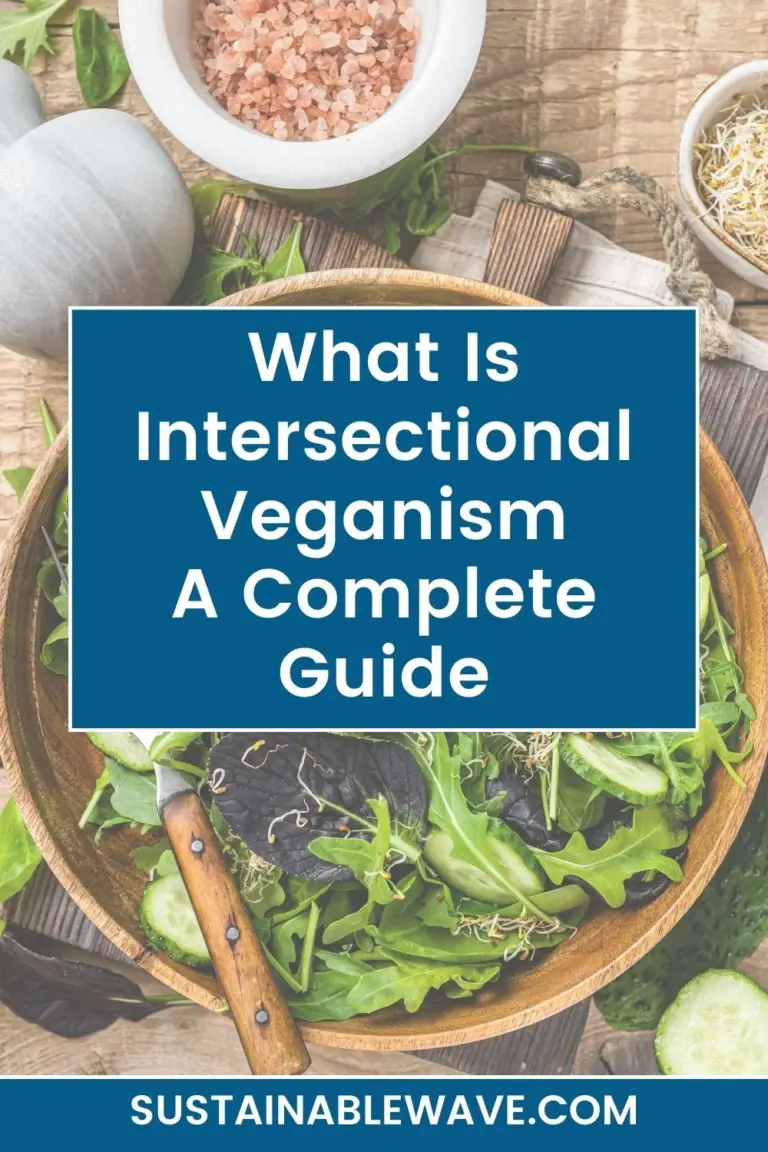In a world increasingly aware of its environmental footprint, the quest for sustainable living has never been more urgent. From the clothes we wear to the food on our plates, every choice we make has a ripple effect on the planet. Fortunately, reducing our carbon footprint doesn’t have to mean a complete lifestyle overhaul or breaking the bank.
Simple, affordable strategies exist that not only benefit the earth but often save us money in the long run.
Whether it’s embracing secondhand shopping, tweaking our diets, or rethinking our transportation habits, small changes can lead to significant impacts.
Let’s explore how we can live more sustainably without sacrificing convenience or financial stability.
How to Reduce Your Carbon Footprint in an Affordable Way

Buying Secondhand
Secondhand shopping is not just an affordable way to fill our homes and closets; it’s a powerful tool in the fight against waste and excessive consumption.
By prioritizing pre-owned items, we’re reducing the demand for new products and, consequently, the resources and energy used in their production.
Whether it’s furniture from local thrift stores, clothes from online marketplaces like eBay or Poshmark, or gadgets from Craigslist, there’s a wealth of options for those looking to make more sustainable choices.
This approach doesn’t just save money—it extends the lifecycle of goods, decreasing the overall carbon footprint associated with manufacturing and disposal.
Diet Changes
Altering our diet is a straightforward yet impactful strategy for reducing our environmental impact.
Focusing on whole foods and minimizing processed items can significantly lower our carbon footprint.
The agricultural sector, especially meat and dairy production, is a major source of greenhouse gases.
Reducing food waste and cutting back on high-footprint foods like beef and cheese can make a substantial difference.
Opting for plant-based meals more often not only benefits the planet but can also lead to savings on grocery bills.
As we become more conscious of our food choices, we contribute to a demand for more sustainable farming practices.
Use of Reusables
Switching to reusable alternatives for everyday items can lead to substantial environmental benefits and cost savings.
From kitchen towels and cloth rags for cleaning to reusable menstrual products, the shift away from disposable products reduces waste and the resources needed for constant production.
Consider the simple act of choosing a portable bidet over traditional toilet paper or adopting reusable shopping bags and water bottles.
Each of these choices contributes to a larger effort to minimize our reliance on single-use plastics and other disposable goods, cutting down on landfill waste and the energy used in manufacturing.
Transportation
The way we choose to get around has a significant impact on our carbon footprint.
For many, daily car travel is the norm, but there are greener, more efficient alternatives.
Opting for a smaller, more fuel-efficient car, carpooling, or better yet, using public transportation, biking, or walking for shorter distances can drastically reduce individual carbon emissions.
In cities, living closer to work or amenities not only shortens commute times but also lessens the need for frequent car use.
For longer distances, choosing electric vehicles or ensuring that car travel is limited to necessary trips can contribute to a more sustainable lifestyle.
Reducing our reliance on fossil fuels for transportation is a critical step toward a lower carbon future.
Housing
The environmental impact of our homes extends far beyond their walls.
From the materials used in construction to the energy consumed for heating, cooling, and lighting, every aspect of housing contributes to our carbon footprint.
One effective strategy for mitigation is downsizing or choosing living spaces that match our needs without excess.
Smaller homes require less energy to maintain, reducing both our utility bills and environmental impact.
Additionally, focusing on energy efficiency through better insulation, energy-efficient appliances, and mindful energy use can further decrease emissions.
Living in dense urban areas can also contribute to lower footprints, as these settings often offer smaller living spaces and better access to public transportation, reducing the need for personal vehicles.
Buy Local
Supporting local businesses and producers is a potent way to reduce your carbon footprint.
When we buy locally, we cut down on the emissions associated with long-distance transportation of goods.
This not only includes the food we eat but also extends to products and services within our community.
Shopping at local farmers’ markets, purchasing from local artisans, and choosing local manufacturers can significantly lessen the environmental impact of our consumption.
Additionally, buying locally often means supporting smaller-scale production, which can be more sustainable and less resource-intensive than mass-produced goods.
This approach not only benefits the planet but also bolsters the local economy and fosters community connections.
Minimize New Purchases
In a society driven by consumerism, choosing to minimize new purchases can be a revolutionary act of environmental stewardship.
Every product we buy has a carbon footprint, from its manufacture to transportation and eventual disposal.
By prioritizing needs over wants, repairing instead of replacing, and embracing a minimalist lifestyle, we can significantly reduce our personal contribution to landfill waste and resource depletion.
When purchases are necessary, opting for high-quality items designed for longevity can prevent the cycle of continuous consumption and waste.
This mindset not only conserves natural resources but also leads to financial savings over time, as we buy less and choose more wisely.
Avoid Flying
Air travel is one of the most carbon-intensive modes of transportation, with a single flight capable of emitting as much carbon as many people do in a year.
Reducing or eliminating air travel can have a profound impact on reducing one’s carbon footprint.
For those who travel frequently, considering alternative modes of transportation such as trains or buses for shorter distances can be a viable option.
When flying is unavoidable, planning trips more thoughtfully to minimize the number of flights, choosing direct routes, and offsetting carbon emissions through reputable programs can help mitigate the impact.
Embracing local vacations or exploring destinations closer to home not only reduces environmental impact but can also reveal the hidden gems within our own regions.
Education and Advocacy
Raising awareness and advocating for systemic change are crucial steps in the journey towards a sustainable future.
By educating ourselves and others about the environmental impact of our choices and the importance of sustainable practices, we can inspire collective action.
Advocacy extends to pushing for policies and regulations that prioritize renewable energy, conservation, and green infrastructure.
Engaging with local and national politics, supporting environmental organizations, and participating in community initiatives can amplify our impact beyond individual actions.
As more people demand change, businesses and governments are more likely to prioritize sustainability. Education and advocacy empower us to be part of the solution on a broader scale.
Personal Habits
Our daily routines are filled with opportunities to make environmentally friendly choices.
Simple changes in personal habits can cumulatively have a significant impact.
For instance, reducing water usage by taking shorter showers, turning off the tap while brushing teeth, and fixing leaks promptly conserves precious resources and energy.
Adjusting the thermostat by a few degrees can save energy and reduce utility bills.
Adopting a zero-waste lifestyle by refusing single-use plastics, recycling, and composting can dramatically decrease waste sent to landfills.
By consciously examining and modifying our habits, we can significantly reduce our environmental footprint and inspire others to do the same.
Vegetarianism/Veganism
The production of meat and dairy is resource-intensive, requiring vast amounts of water, feed, and land, and is a significant source of greenhouse gas emissions.
By choosing plant-based foods, we can lessen the demand for animal agriculture, which is a major driver of deforestation and biodiversity loss.
A plant-based diet not only benefits the environment but can also offer health advantages and often leads to lower grocery bills.
Even small adjustments, like participating in Meatless Mondays or reducing red meat consumption, can make a meaningful difference.
Practical Everyday Actions
Sustainability can be integrated into every aspect of our lives through practical everyday actions.
These include using energy-efficient light bulbs, unplugging electronics when not in use, and choosing eco-friendly cleaning products.
Embracing active transportation like biking or walking, when possible, improves health and reduces emissions.
Growing your own vegetables or supporting community gardens can provide fresh produce while reducing the carbon footprint associated with food transport.
Investing in reusable containers, cups, and utensils cuts down on single-use plastic waste.
Each of these actions, while small on their own, contributes to a larger culture of sustainability and conservation.

I’m Thomas, the owner of SustainableWave. Passionately promoting a sustainable planet. With experience in various eco-roles, I’ll share green tips, sustainability hacks, and personal eco-journeys on my blog.






